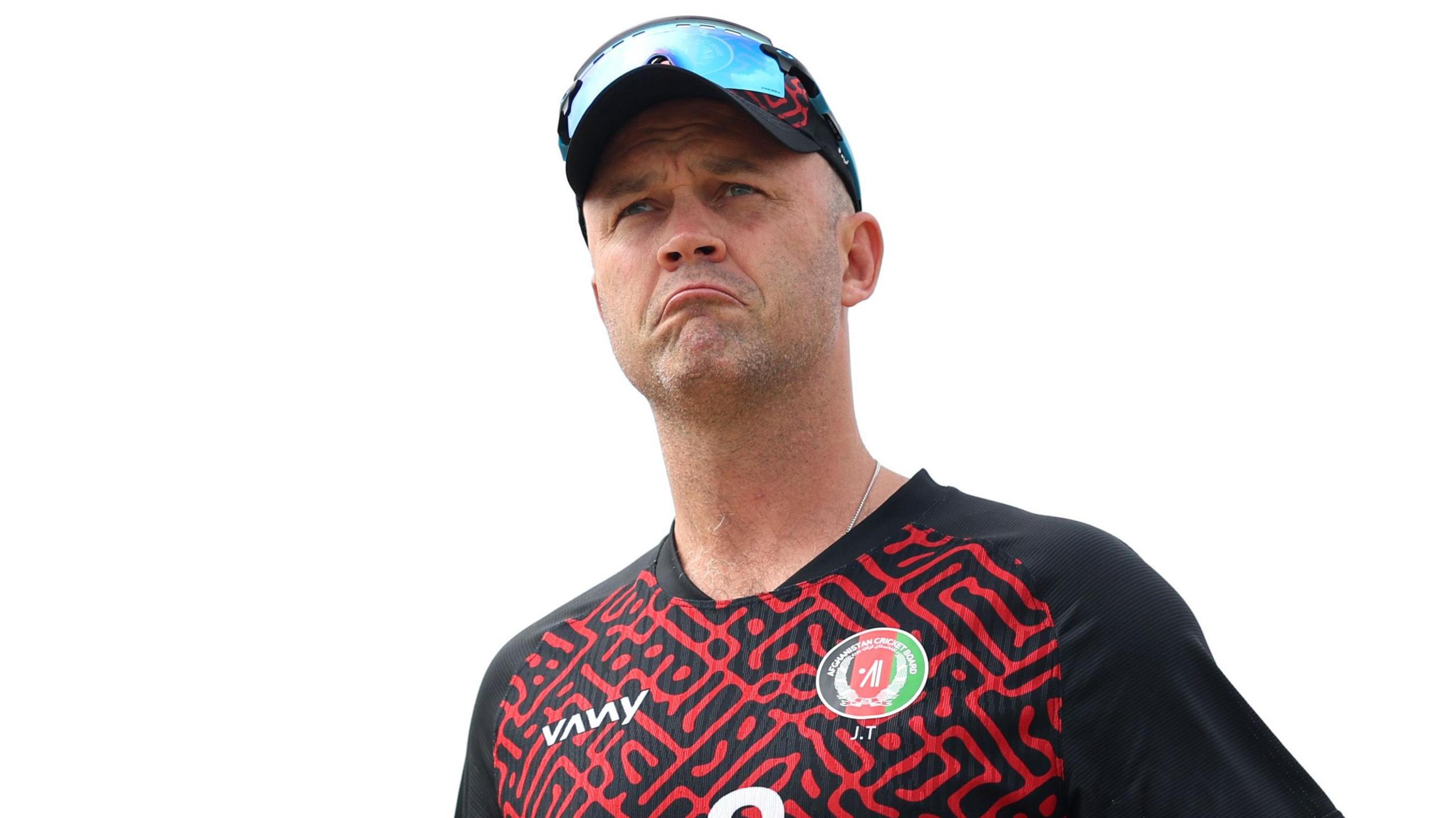India’s victorious captain, Harmanpreet Kaur (left), and Jay Shah, chair of the ICC, pose with the Women’s World Cup trophy. Photograph: Nikhil Patil/Getty ImagesView image in fullscreenIndia’s victorious captain, Harmanpreet Kaur (left), and Jay Shah, chair of the ICC, pose with the Women’s World Cup trophy.
Photograph: Nikhil Patil/Getty ImagesWomen’s Cricket World CupAnalysisIndia’s World Cup win can set a new world order in women’s cricket – if it spends money wiselyRaf NicholsonIndia would do well to remember that Australia’s domination was based on building from the grassroots upMon 3 Nov 2025 15.12 GMTLast modified on Mon 3 Nov 2025 15.27 GMTShareSunday was a long day for the India captain, Harmanpreet Kaur. It began with a two-hour rain delay; it concluded with a catch at cover, taken on the stroke of midnight, which sealed a 52-run victory against South Africa and a maiden World Cup title.But amid the fireworks, tears, hugs, a lap of honour at the DY Patil Stadium, and rumours of a forthcoming winners’ parade in Mumbai, Kaur found time to deliver an important message to the media.
“We’ve been waiting for this moment,” she said. “The celebration will go on all night.
And then let’s see what BCCI is planning for us … This is just the beginning.”The implication was clear. A World Cup win in a country which is cricket obsessed, which has a population of 1.46 billion and yet which has historically been slow to embrace the women’s game, could be epoch-defining.
But this is no time for anyone to rest on their laurels.India rejoice in first Women’s World Cup triumph as South Africa fall shortRead moreIndia are the first non-western nation to win the Women’s World Cup – only England (four times), Australia (seven times) and New Zealand (once) have previously lifted the trophy. Nobody aside from Australia and England have managed it in 25 years.
The reason? A global title requires sustained investment and that money has not been forthcoming in any nations outside the Big Two.
Really, the first act of the Board of Control for Cricket in India towards Kaur and her team should be an apology: We are sorry that we were so slow to believe in the enormous potential of women’s cricket. (Good luck with that one.)Australia’s dominance in women’s cricket was grounded in the introduction of the world’s first franchise league, the Women’s Big Bash League, creating an infuriatingly deep player pool which is still the envy of the world.
So what did the BCCI do between the first season of WBBL in 2015-16 and finally introducing the Women’s Premier League in 2023? Dragged their feet and fiddled around with a half hearted three-team “T20 Challenge”.
Even now, there is a sense that had India not beaten South Africa on Sunday, their board could have continued to make excuses about their far from equal support of the women’s game. “We’ve been playing good cricket, but we had to win one big tournament,” Kaur said.
“Without that, we couldn’t talk about change.”Partly, this is a reflection of the broader status of women within Indian society. According to the World Economic Forum’s Global Gender Gap Report, India are one of the worst performing countries in the world when scored on key gender equality benchmarks (ranked 131 out of 148).
The main decision makers and shakers in Indian cricket – as across the world – are men: the products of a society where women are still seen as the ones whose defining role in cricket is to make the tea.Change is coming. The BCCI has already announced a reward of 510m Indian rupees for Kaur and her team, to go alongside the $4.5m (£3.4m) prize money which they will receive from the International Cricket Council as tournament winners.
Smriti Mandhana’s image has already filled billboards across India – now she will be joined by Jemimah Rodrigues, Deepti Sharma and Shafali Verma, new national heroes who proudly proclaim different religious faiths in a nation torn apart by sectarianism. Cricket really can change society.View image in fullscreenIndia fans show their support during the Women’sWorld Cup final against South Africa.
Photograph: Prakash Singh/ICC/Getty ImagesBut if you want a permanent shift, then the BCCI’s money shouldn’t just be used to make a handful of current players richer. It needs to trickle down: it is about time that girls all the way across India, from Mumbai shanties to the parched fields of Bihar, were encouraged to pick up a bat in the same way as their brothers are.
A nation of millions of girls, all playing cricket? That’s the real way to build a cricketing dynasty.skip past newsletter promotionSign up to The SpinFree weekly newsletterSubscribe to our cricket newsletter for our writers’ thoughts on the biggest stories and a review of the week’s actionEnter your email address Sign upPrivacy Notice: Newsletters may contain information about charities, online ads, and content funded by outside parties.
If you do not have an account, we will create a guest account for you on theguardian.com to send you this newsletter. You can complete full registration at any time.
For more information about how we use your data see our Privacy Policy. We use Google reCaptcha to protect our website and the Google Privacy Policy and Terms of Service apply.after newsletter promotionAustralia will bounce back.
That’s what they do. Meg Lanning’s team lost one semi-final in 2017 and went on to win the next three world titles and Commonwealth Games gold.
Alyssa Healy’s side lost to South Africa in last year’s T20 World Cup semi-final and three months later whitewashed England 16-0 in the Ashes.South Africa, too, will fight on. “We’re the team that consistently is making finals now,” their captain, Laura Wolvaardt, said.
“I’m really proud that we were able to reach three in a row. Hopefully, we can keep reaching finals and one day we can win one.”What of Kaur’s India?
They clearly have ambition. That much was made clear on their tour of England back in July, when they sealed their first ever T20 series victory in Manchester and Radha Yadav told the media that her team were “going to dominate, no matter what.
We want to create something big.” But while winning a World Cup is big, changing an unequal society is even bigger. If we are to talk of a new era for women’s cricket, then let’s aim high.Explore more on these topicsWomen’s Cricket World CupWomen’s cricketIndia women’s cricket teamAustralia women’s cricket teamCricketanalysisShareReuse this content
Source: The Guardian Sport













Leave a Reply